/// 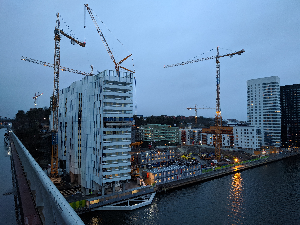
/// Nearest Neighbor ///
/// 
/// Nearest Neighbor ///
/// 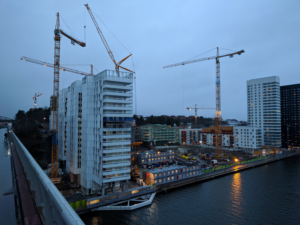
/// Linear: Triangle ///
/// 
/// Linear: Triangle ///
/// 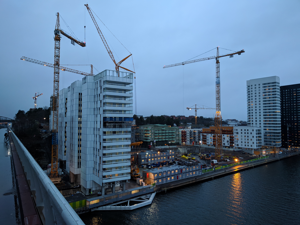
/// Cubic: Catmull-Rom ///
/// 
/// Cubic: Catmull-Rom ///
/// 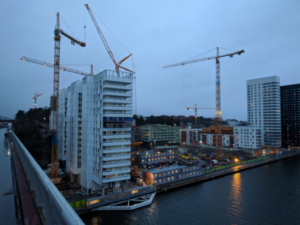
/// Gaussian ///
/// 
/// Gaussian ///
/// 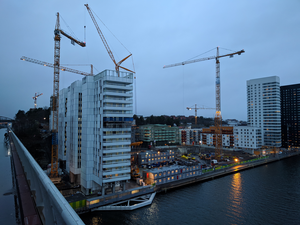
/// Lanczos with window 3 ///
/// 
/// Lanczos with window 3 ///